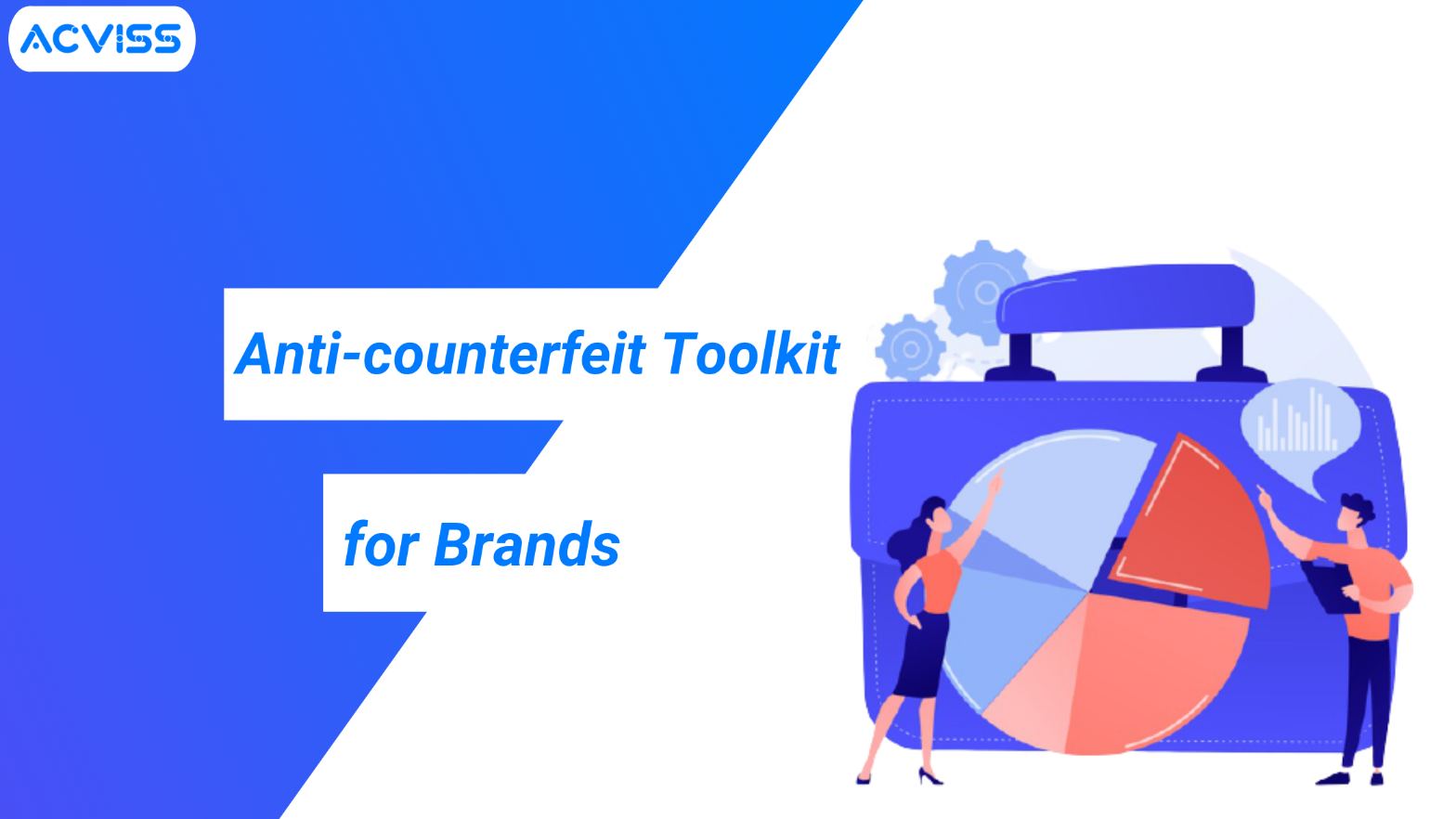
Would you shut your store without bolting the shutters? Do you keep important documents lying around loose in your office? Have you invested in safekeeping for your valuables? Have you thought of investing in security cameras to safeguard your property?
Most business owners would have full-proof tangible security systems in place to protect their assets. But as we venture into the virtual world, what is increasingly becoming one of the most critical factors for your business's revenue and reputation? It is becoming glaringly evident to many organizations that intangible assets like the brand image and product quality significantly impact the business's revenue, profits, and scalability. Customer loyalty lies in the brand value and brand story. Unfortunately, several unseen threats may have little to do with the company's internal quality control.
Counterfeit, impersonation, duplication, copyright, and patent infringement is some of the threats to brands. Since these threats can severely compromise brand value and protection and be a hazard to customers, every brand needs to have an anti-counterfeit toolkit. Understanding the anti-counterfeit toolkit and the threats to products and services is the starting step towards protecting loyal customers.
Multilevel overt and covert marker integrating into packaging:
Tampering with packaging is a threat to quality assurance. Packages that efficiently render themselves to physical tampering can provide a fertile ground for counterfeiters to introduce spurious and substandard products. Making the packaging tamper-evident and tamper-proof is one of the essential responsibilities of brands. Additionally, multilevel overt and covert markers, micro patterns, 2D Codes, complex design elements, holograms, and more protect products from duplication.
These days, counterfeiting has become sophisticated. It is tricky for consumers to distinguish between a genuine and a fake product. Duplication is a common issue primarily faced by luxury brands. Having overt and covert markers that integrate into every product unit will make it difficult and expensive for counterfeiters to sell duplicates. It also ensures that it is less alluring for customers to buy fake luxury goods since a fake can be easily called out.
Track and trace mechanism to secure the supply chain:
With increased globalization and consumerism, supply chains have become complex. A product can be assembled in one corner of the world and shipped to an entirely different region. Products change many hands, and multiple stakeholders are involved in the journey. To secure a complex supply chain, brands need the latest anti-counterfeit technology. Blockchain and track and trace technology are necessary features in any anti-counterfeit toolkit. Knowing the basic information of the origins of a product by simply scanning a code on the package unit can go a long way in securing the supply chain and protecting the brand and customers.

Machine learning and keyword algorithms in the era of online business:
The internet can be a boon for business, but at the same time, it can become a dark maze. Rogue websites that claim to sell genuine products, sellers who list duplicate products, fake customer reviews are some of the few perils of eCommerce. However, machine learning and keyword algorithms can help brands recognize, analyze, and find patterns that will help report dubious listings. Artificial Intelligence and Machine Learning algorithms can collate significant data points on various aspects of a product. The neural networks can then easily recognize any anomalies in the appearance or movement and detect fakes with accuracy.
Reports and analytics on counterfeits:
One of the hidden benefits of having a ready reckoner toolkit is that you can track and reward buyers who help detect fakes. An anti-counterfeit toolkit is a brand's way of showing its customers that the company cares. It is a pivotal aspect of building a brand image and a database of loyal consumers.
User-friendly interface for reporting:
When people hear of emerging technology like blockchain, RFIDS, scanners, and 2D Codes, hidden codes can seem daunting and complicated. But for any anti-counterfeit technology to serve its end purpose, the interface's user-friendliness is the deciding factor. The website or apps that host the product information should be easy to navigate. Also, the experience of reporting a fake should not just be easy but also rewarding for the consumer.
Whether you are a start-up or a well-known brand in the market, counterfeit products can be detrimental to your revenue and reputation. It takes long years to build a brand image, and counterfeit products can destroy your value in no time. Investing in anti-counterfeit technology today can safeguard you, your brand, and your consumers.






